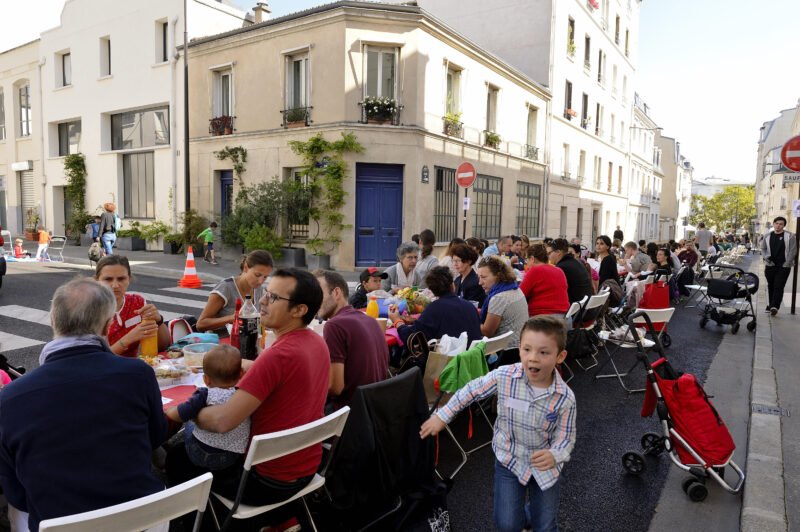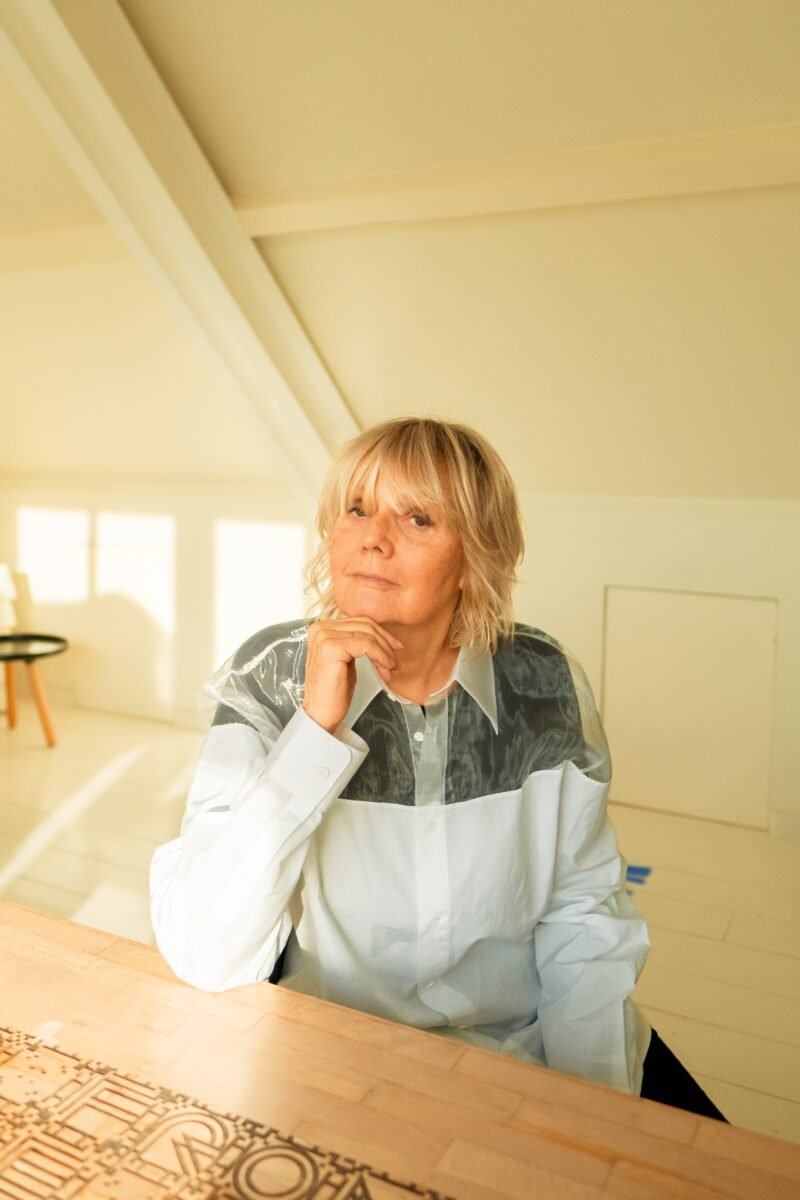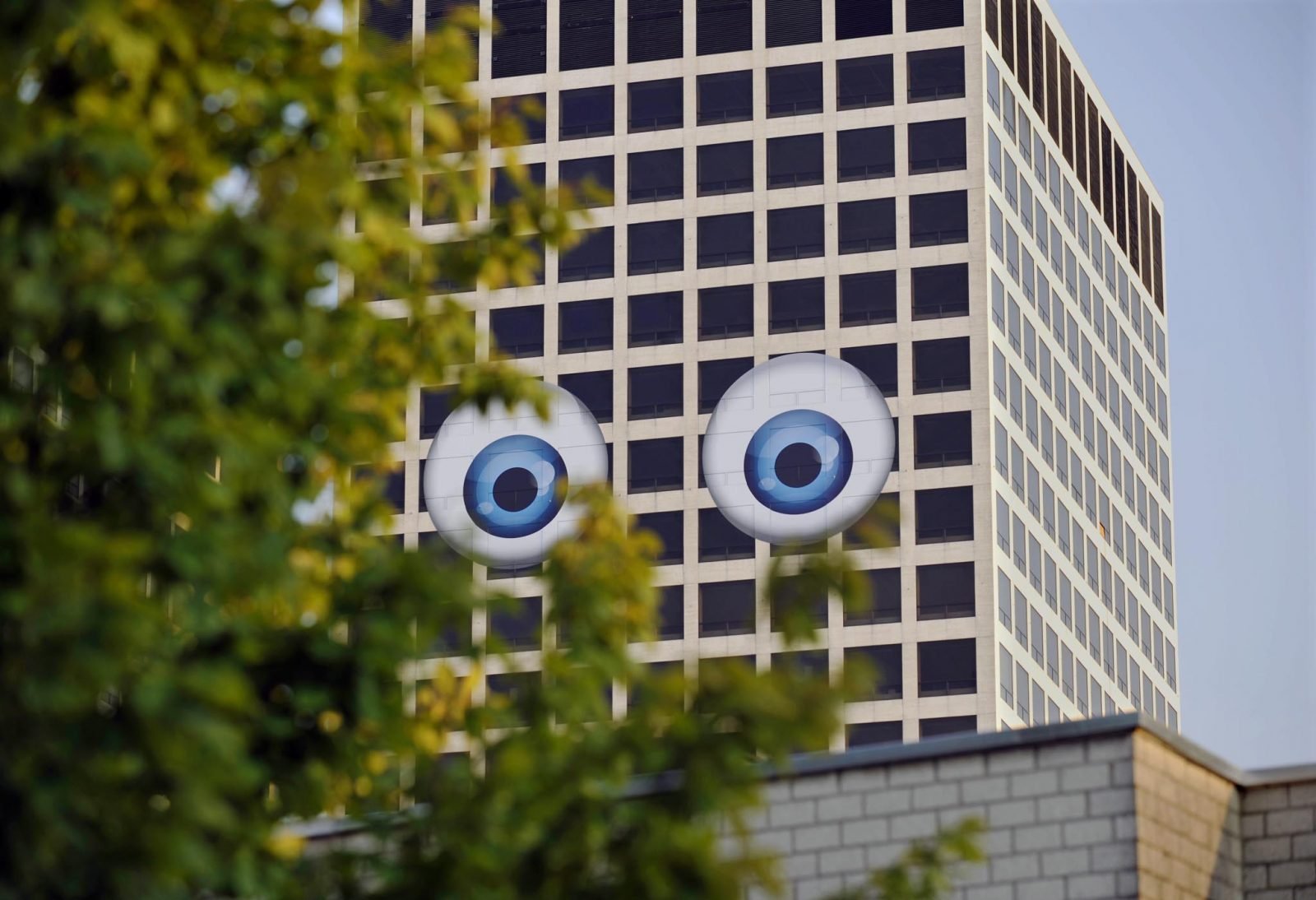From Nature, to City, Back to Nature
Ecotone, the latest project designed by Duncan Lewis Scape Architecture intends to be Europe's largest wooden construction, creating an important link between the city and nature.

“I ask: why can not we design a building like a tree? A building that makes oxygen, fixes nitrogen, insulates carbon, distills water, strengthens soil, uses solar energy, produces food, creates microclimates, changes colors with the seasons? This means using nature as a role model and a mentor, not a disadvantage”
McDonough, Broungart, 1998
This thought embodies the idea behind the the design of Ecotone by the French architecture studio. Ecotone is designed to be the largest timber construction in Europe, situated at the Coteau site, in Arcueil, south of Paris, along the A6 motorway. The project intends to combine natural elements within the cityscape and seamlessly marry nature and the city. The term ‘ecotone’ symbolizes a transition zone between two ecosystems which the construction is meant to embody.

The structure consists of two hills that combine timber and trees growing on top. The building takes the shape of a big staircase with many terraces which let natural light into the working and social spaces. The interior functions as a multi-use space consisting of offices, a hotel, restaurants, shops and a sports hall. A lot of greenery is incorporated into the design making the structure look like hills, almost a part of the natural environment.
This connection between the city and nature is clearly visible in all of Duncan Lewis’ projects. Ecotone is meant to bring attention to the topic of the future sustainable city, showing that Paris is committed to green development “at the time of the global ecological crisis”.



